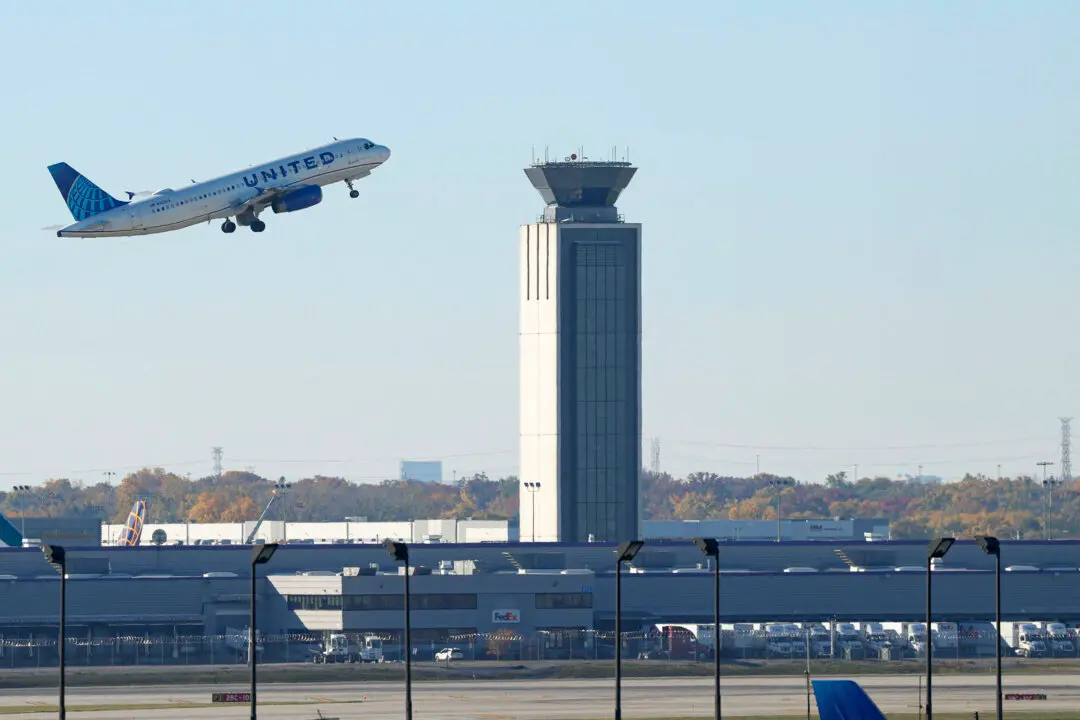Think about this the next time you grip a New York City subway pole: A new study has found that 48 percent of all DNA on the subway’s surface “matches no known organism.”
A study, published Friday by Cornell University, noted that “hundreds of species of bacteria are in the subway, mostly harmless. More riders bring more diversity.” This suggests there’s a “vast wealth of unknown species that are ubiquitous in urban areas” that New Yorkers touch every day.
It also found that one station that was flooded during Hurricane Sandy a few years ago to this day, “resembles a marine environment.”
In likely stressing out more commuters, the study, titled “Geospatial Resolution of Human and Bacterial Diversity with City-Scale Metagenomics,” also found traces of the bubonic plague and anthrax.






